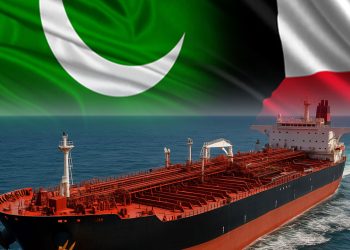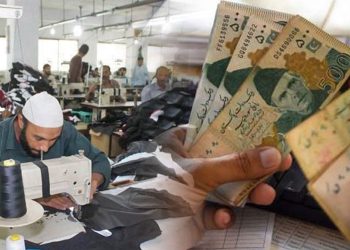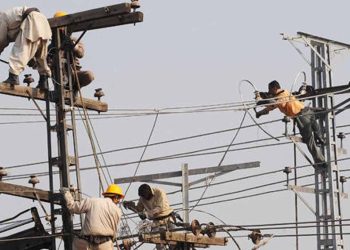Inflows from overseas Pakistanis declined by 7.4 per cent in October when compared to a month earlier even though cumulative remittances reached a record $10.6 billion during the first four months (July-October) of the current financial year.
“At $2.5bn in Oct21, remittances continue their strong streak, rising by 10pc from Oct20 and only moderating marginally compared to Sep21,” the State Bank of Pakistan (SBP) said in a tweet on Sunday. Remittances in September amounted to $2.7bn.
Cumulatively, remittances from overseas Pakistanis have risen to $10.6bn so far in FY22, up 12pc over the same period last year, the central bank added.
Until end-September this year, remittances posed 12.5pc growth over the comparable period last year, but a decline in October scaled the four-month growth down to 12pc.
The SBP said that in addition to remaining above $2bn since June 2020, “this is the eighth consecutive month when remittances have been close to or above $2.5 billion”. On a cumulative basis, remittances rose to $10.6bn during the first four months of FY22, which is 11.9pc higher than the same period last year.
The surging imports during the July-October period have widened the trade deficit, putting significant pressure on the rupee-dollar exchange rate which ultimately reflected in higher current account deficit. The situation for the economic managers is not comfortable, except the higher remittance supported the economy beyond imagination.
The country had received record remittances of $29.4bn in FY21 which helped it curtail the current account deficit. The central bank reported that remittance inflows during the first four months of FY22 stood highest at $2.7bn from Saudi Arabia, followed by $2bn from the United Arab Emirates, $1.5bn from the United Kingdom and $1.1bn from the United States.
The SBP claimed credit for the higher remittances, saying proactive policy measures by the government and the bank to incentivise the use of formal channels and altruistic transfers to Pakistan amid the coronavirus pandemic have positively contributed towards a sustained improvement in remittance inflows since last year.
Independent observers, however, suggested that restrictions on air travel were also a key reason behind inflows through formal channels.






